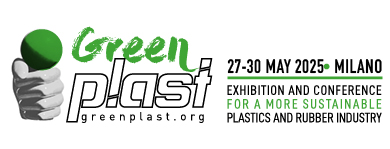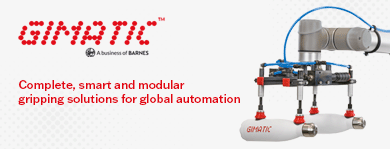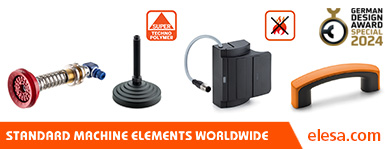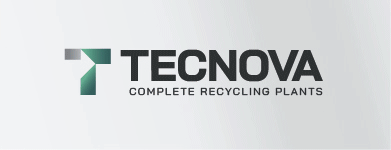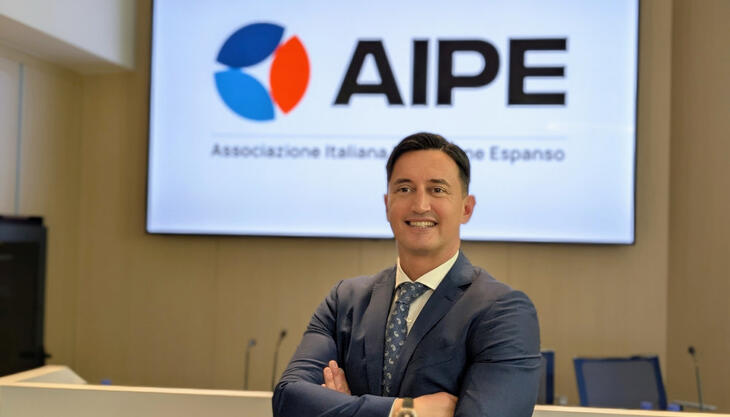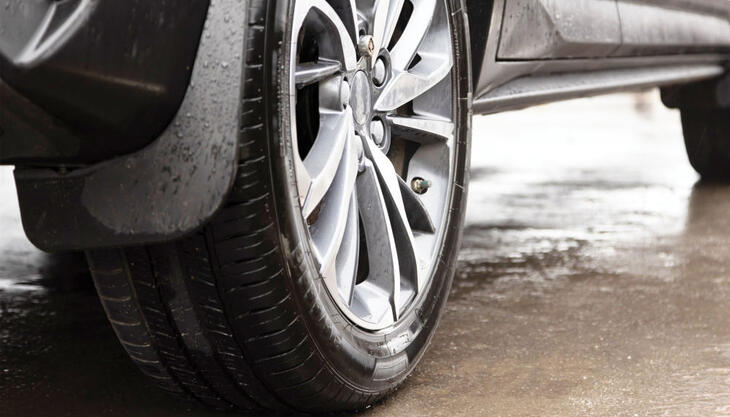
Following Avantium and Polytype’s announcement, at K 2013, of a cooperation agreement to study and develop extruded and thermoformed products in PEF, the implementation stage of the cooperation was entrusted to OMV Machinery, an Italian manufacturer of thermoforming machines, extrusion lines and moulds controlled by the Polytype group.
In recent years, there has been a steadily increasing interest in bioplastics, due to their capacity not only to reduce emissions of greenhouse gases (GHG), such as methane and ozone, but also, thanks to the transition from fossil sources to ones of vegetable origin in order to increase the safety of basic raw materials. Most currently available bioplastics are based on derivatives of starches and sugars, which are subsequently transformed into polymers.
Since not all biopolymers are advantageous in terms of the energy savings allowed by their production, their GHG emissions and their environmental impact (areas used to produce biostock cannot be used for food production), there has been a growing awareness, in the research and development departments of the main users, of the need to find new monomers and polymers. Recent research suggests that FDCA (furandicarboxylic acid) represents an interesting option in this sense, as it is considered an organic alternative to PTA (purified terephthalic acid), the base monomer used for the production of PET, which is one of the world’s most extensively used polymers in terms of quantity of transformed product. The polymerisation of FDCA with MEG (monoethylene glycol) leads to the production of PEF, or rather polyethylene furandicarboxylate.
PEF is currently produced on an experimental scale by the Dutch company Avantium and it is expected to be available on an industrial scale in 2017. Avantium uses a proprietary technology (a particular catalyst system) called YXY. PET, compared with existing materials derived from fossil or organic sources, has new and superior properties.
The first thing to be noted is its significantly reduced “carbon footprint”, i.e. its emission of GHG emissions converted into their carbon dioxide equivalent (this is the definition contained in the Kyoto protocol). Furthermore, the production of PEF, compared with other resins, allows a similarly marked reduction in the use of non-renewable energy sources. Analysing its thermal/mechanical properties, it can first be remarked that PEF has a ratio of molecular weight (MW) to intrinsic viscosity (IV) that is very similar to that of PET, even though these are different materials. PET has a slightly lower “melt-point” than PET does and, as a result, their extrusion temperatures may fall within roughly the same range or even be reduced slightly. The glass transition temperature of (Tg) PEF is around 10°C higher than that of PET, while its elastic modulus is around 60% higher than that of PET.
But the feature of PEF that really stands out is its excellent barrier effect, which suggests that it might potentially be a valid option for the numerous applications that currently require the use of materials having this property. In fact, initial tests run on a few samples have revealed that PEF shows a barrier effect to oxygen and carbon dioxide that is at least 4-5 times greater than that shown by PET, which in turn is significantly superior to that shown by polyolefins. To summarise, PEF shows excellent barrier properties and may make it possible to avoid the use of costly multi-layer materials; it can extend the shelf life of many perishable products, and it allows drastic reductions in GHG emissions. Furthermore, it can be produced using, to a large extent, the systems currently used to process PET.





